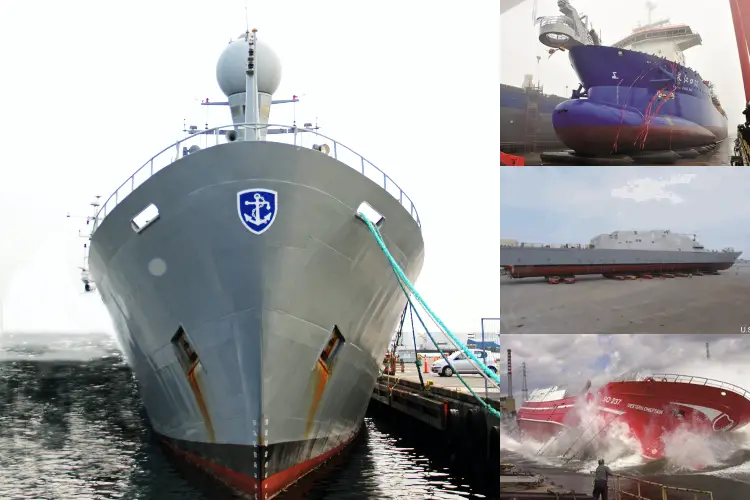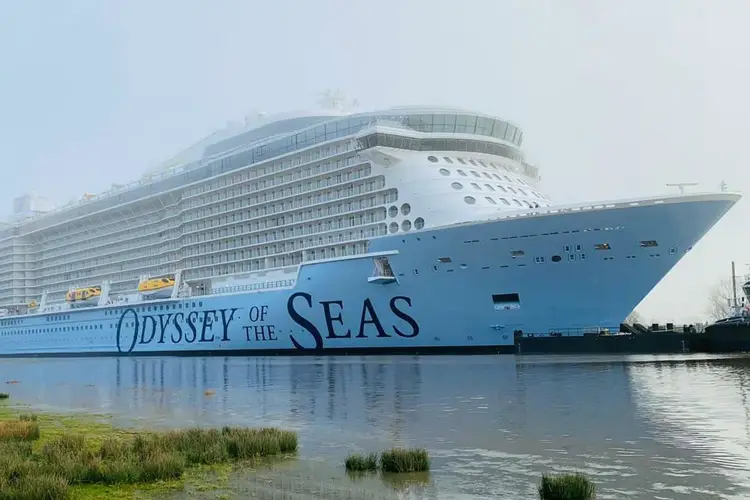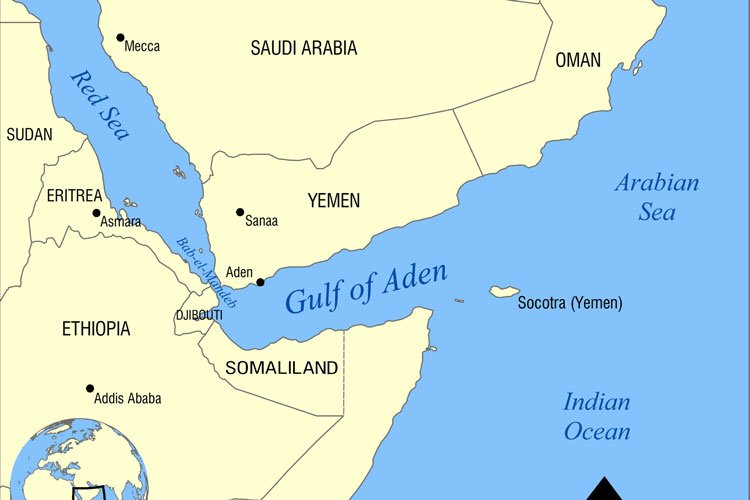What Are Bulk Carriers?
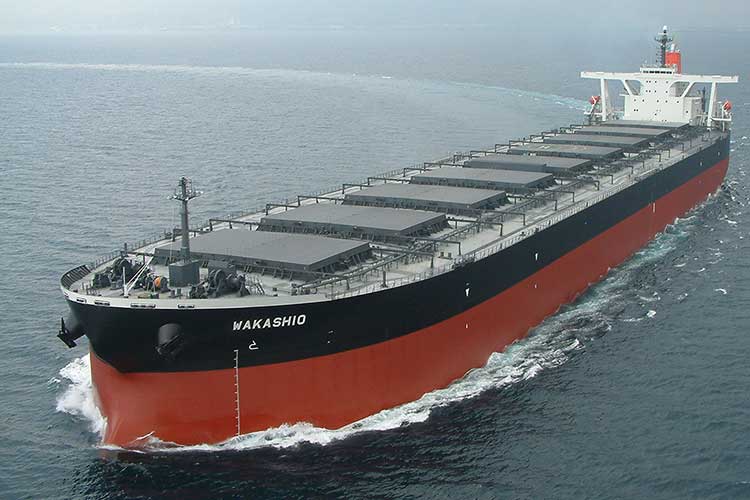
What Are Bulk Carriers?
Bulk carriers, as the name suggests, are the kinds of ships that are used to transport bulk cargoes over large distances. They are also called as bulk freighters or bulkers.
They are merchant ships and usually contain cargo such as coal, cement, ore, grains, sugar, or any other material which is not in the form of liquid or gas. 21% of the world’s merchant fleets comprise bulk carriers. In the shipping industry, bulk carriers have a stake of nearly 40% of the tonnage.
A Bulk carrier can have a single deck and contain a single solid bulk commodity. In a broader sense, a bulk carrier can be any kind of ship transporting large amounts of a commodity. This includes oil and petroleum tankers.
Bulk carriers can have a capacity ranging from 3,000 tons to 300,000 tons, normally having top-side tanks. Some small bulkers with a capacity of about 40,000 tons have cargo-handling gear fitted along with them while the larger ones may need to use facilities available onshore for the purpose of loading and unloading. Their speed can vary from 12 to 15 knots.
Ships have been in use for the transport of goods for a long time in history. Bulk freighters have been in use since the 1850s. They were highly revolutionized in the 19th century. They were however officially designated as bulk carriers in 1999.
Also read: What Are TI Class Supertankers?
Types Of Bulk Carriers (By Capacity)
There are several types of bulk carriers in terms of capacity. Some of them are briefly described below.
1) Very Large Carriers (VLCs)
These have the maximum capacity of all bulkers. They are mostly used to carry material like crude oil or petroleum.
2) Handymax Carriers
One of the smallest bulkers, these are ships with a capacity of about 60,000 tons. They may even come with breaks and used for less voluminous cargo.
3) Capesize Carriers
These are the vessels that cannot pass through the Suez Canal or the Panama Canal. They can carry up to 100,000 tons of cargo. They have to use either the Cape Horn or the Cape Agulhas for their journeys.
4) Panamax Carriers
These are the bulk freighters that can operate on the Panama Canal.
5) Handy Size and Small Sized Carriers
These are the carriers that are further smaller in size. Handysize are smaller bulkers with a deadweight of up to 50,000 tonnes.
After discussing the different sizes that bulkers can come in, let us discuss the different types of bulk freighters.
Also read: Classification of ships by sizes
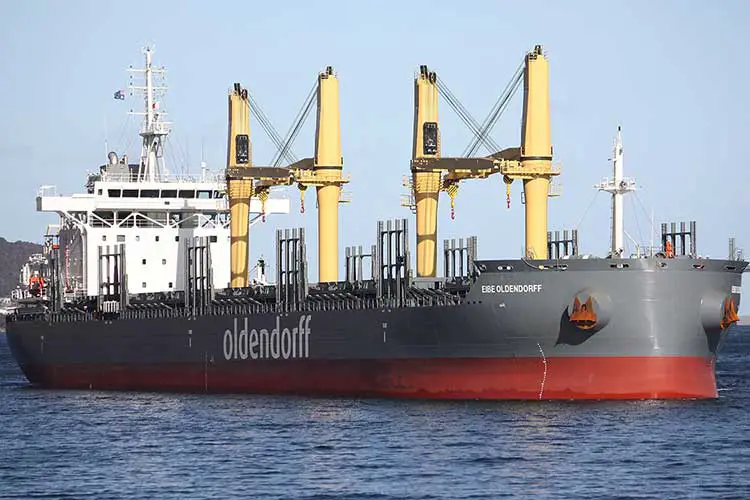
Types Of Bulk Carriers (By Function)
1) Gearless Bulkers
These are the kinds of bulkers that do not have any cranes or conveyer facilities attached to them. They are huge in size and require other vessels or facilities for the purpose of loading or unloading.
2) Self-Discharging Bulker
This bulk carrier is the opposite of a gearless bulk carrier. It is equipped with conveyor belt facilities. Hence, it enables a fast loading or unloading process.
3) Conventional Bulkers
These are the types of bulkers that have built-in hatchways. Cranes and transport facilities are also equipped to make the loading and unloading of cargo easy.
4) Bulk In, Bags Out (BIBO) Bulkers
These bulkers have cargo stored in the vessel divided into small quantities. This means that the cargo is ‘bagged’. This enables a faster process of loading and unloading of the commodities and also more efficiently.
5) Combined Carriers
These bulk carriers are used to transport both dry and liquid bulk cargo. In a case where both the types are being transported at the same time, they are properly segregated in different tanks. These types of vessels are quite expensive to design and are not very frequently used.
6) Lakers
Lakers are types of bulk carriers most prominently used in the Great Lakes of North America. They operate in fresh water and undergo much less damage and corrosion than the bulkers operating in saltwater (seawater). Thus, they have a longer life span than the latter.
Other than these, there may be more types of bulk carriers that are specific to the areas in which they operate. These may depend on and vary with the concerned countries and their respective geographical locations.
A set of rules called the CSR i.e. the Common Structural Rules are provided to enhance the quality and durability of bulk carriers. If a vessel is built according to these, it is annotated with the notation ‘CSR’ making it more credible than those which are not.
Bulk carriers are some of the most important and relatively economic types of vessels in the modern world. They form a huge part of the marine industry and contribute considerably to not only the shipping industry but also international trade and business.
Pic courtesy:
https://www.nagashiki-shipping.jp/
https://www.oldendorff.com/


